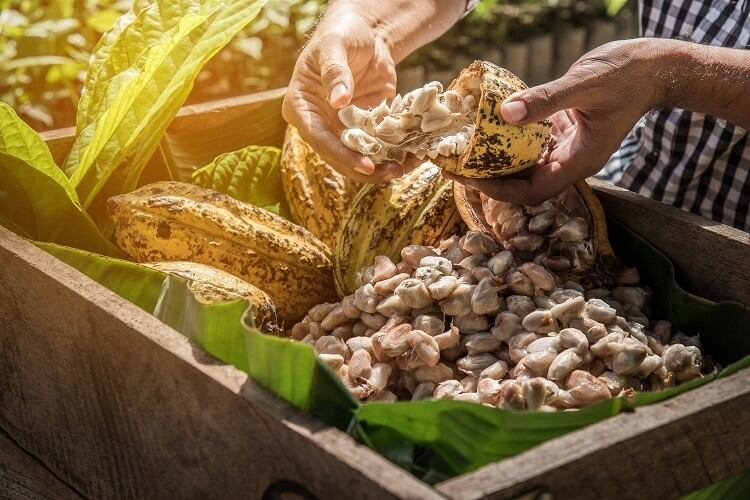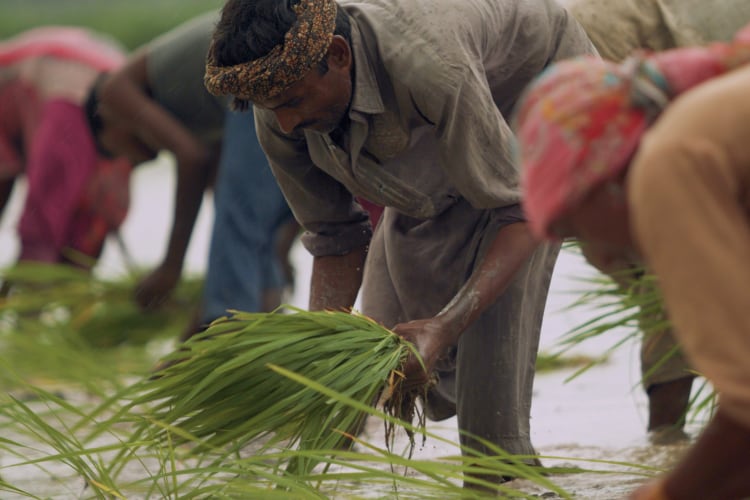Mars Inc has been making chocolate for more than 100 years. However, the company recognises that there are some systematic issues in the cocoa supply chain that are yet to be solved.
Smallholder farmers produce around 95% of global cocoa supplies. A large majority of these farmers don’t make a living income to provide for their families, let alone generate enough cash to reinvest in their farms and cocoa trees. These farmers are at the losing end of the supply chain, with often meagre economic reserves placing them at the mercy of fluctuating input costs and volatile commodity markets.
“The market volatility of cocoa prices makes it hard for farmers to predict their income and plan longer-term. This is a systemic challenge which we cannot solve alone,” Global Vice President of Mars Cocoa Enterprise, Amber Johnson, explained.
Combatting smallholder poverty in cocoa
“Mars Wrigley has always focused its efforts on the ground which can have the greatest impact on income,” the cocoa expert said, pointing to the work the company has done in this area over the years.
Mars was the first major manufacturer to publicly support the Living Income Differential (LID) of $400 per metric ton announced by the governments of Côte d’Ivoire and Ghana in 2019. “Since its inception, we have championed the Living Income Differential with suppliers, chocolate manufacturers and retailers, and pushed for financial transparency of its full payment to farmers. Mars Wrigley has mandated that payment of the LID is required in all its contracts for cocoa from Côte d’Ivoire and Ghana,” Johnson told FoodNavigator.
On top of this, farmers in Mars’ programme receive additional cash premiums of between $50-120 per MD of cocoa, above and beyond the commodity market price.
And Mars’ efforts haven’t been exclusively focused on cocoa payments. Since 2016, the global chocolate colossus has invested in a Village Savings and Loan Association model designed to provide cocoa farmers with access to capital to diversify incomes. Johnson said these programmes are ‘designed to not only contribute to improving income for cocoa growing households, but also to empower women and strengthen local governance and child protection’.
Improved farm management has been another fundamental building block of the approach to cocoa sustainability taken at Mars. “One way for farmers to help improve their incomes long-term is through adopting Good Agricultural Practices (GAPs). Through its suppliers, Mars supports training and individual coaching for cocoa farmers on GAPs, including advice on how to rehabilitate cocoa trees and utilize pruning techniques to increase their yields. We also conduct breakthrough research in collaboration with the University of California Davis aimed at improving cocoa breeding, farming methods and protection against pests and disease, including unlocking the cocoa genome,” we were told.
But while Mars decoded the cocoa genome a decade ago, the code to a sustainable living income for cocoa farmers would appear to remain elusive.
Côte d'Ivoire and Ghana produce 60% of the world’s cocoa each year. The sector supports around two million farmers in the region. But extreme poverty is endemic. The average cocoa farmer in these countries lives on less than $1.50 a day – below the World Bank’s international poverty line of $1.90 a day. Smallholder poverty is far from eradicated.
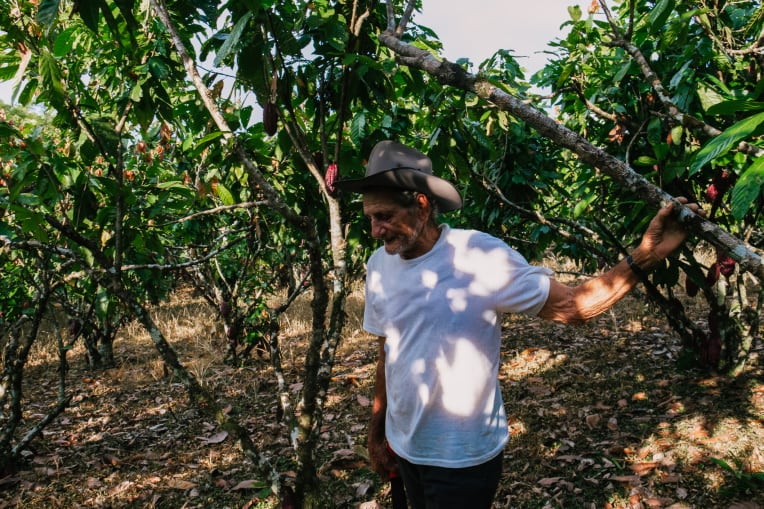
Obstacles barring the path to a living income in cocoa
Recognising the limitations of what has been achieved to date, Mars is launching what it described as two ‘groundbreaking, farmer-first programmes’ that will first be offered to 14,000 smallholder farmers. The five-year Livelihood Ecosystem Advancement Program (LEAP) initiative will kick off in Côte d'Ivoire and the four-year Advancing Cocoa Agroforestry Towards Income, Value & Environmental Sustainability (ACTIVE) programme will reach out to farmers in Indonesia. The ambition is to place these suppliers on a path to a sustainable living income in the next eight years.
“Our approach is to test and learn bundled interventions with the goal of driving systemic change. We’re starting with approximately 7% of the farmers from which we source cocoa under our Responsible Cocoa program. Once we identify the most successful combination of interventions, we plan to scale them and share our findings with the rest of the industry to enable us to collectively address challenges and push for holistic solutions. With our key partners, we will evaluate both the short- and long-term impacts of the various interventions to determine which are most effective at supporting farmers on a path to a living income and improved overall resiliency,” Johnson explained.
So, what makes these latest programmes so ‘groundbreaking’? How do they differ from previous efforts to get to grips with the endemic poverty embedded in global cocoa supply chains?
First of all, Mars explained, the approach was designed in consultation with cocoa farmers and development partners. Mars is collaborating with a network of leading organisations — including Fairtrade, the United States Agency for International Development (USAID), the Institute for Development Impact (I4DI), and ECOOKIM, a Fairtrade Cooperatives Union that Mars has sourced from for several years.
The company is explicitly steering clear of what it describes as ‘stopgap measures’ and it isn’t looking at issues in isolation. “We’ve learned that stopgap measures and focusing on single issue interventions in isolation don’t create long-lasting systemic change and don’t sufficiently deliver on our ambition of everyone along the supply chain having the opportunity to thrive,” Johnson explained. Mars believes this initiative could the industry's ‘most comprehensive effort to date’ to address the persistent barriers to cocoa farmers' ability to achieve a living income.
Progress will be built on a foundation of understanding of what these hurdles are. According to Mars and its development partners, they range from poor access to electricity, clean water, reliable roads, or quality schools. Compounding these challenges are negative effects of climate change and persistent market failures. These include disconnection from formal financial systems, underdeveloped cooperative management practices, unsustainable prices, and lack of alternative income sources to offset market volatility.
Making a mint: How to overcome systematic market issues
The chocolate-to-chewing gum company is leaning on the success it has seen within its mint value chain, Johnson revealed. “We drew on key learnings from programs in mint and other raw materials, including our Shubh Mint project, which was designed to improve incomes for more than 20,000 mint farmers in Uttar Pradesh, India,” we were told.
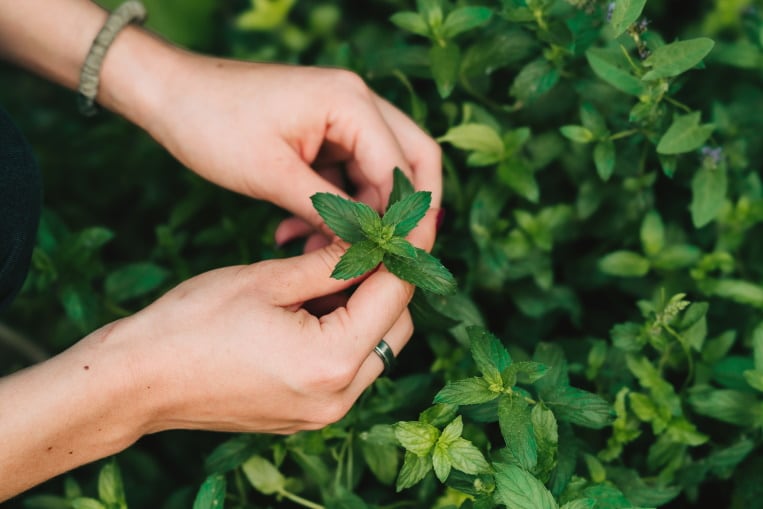
“Since its inception, the Shubh Mint project has led to more than a 250% increase in income from mint crops and reduced costs by more than 20% through interventions such as training farmers in Good Agricultural Practices, issuing more than 10,000 loans through self-help groups and engaging over 8,000 women in efforts to improve financial literacy and diversify household income streams. We saw how self-help groups and inter-loaning among participants helped offset income losses and food insecurity.
“These loans helped bridge cash flow deficiencies, and, in some cases, women have taken loans to start new micro enterprises, further diversifying household income. Some farmers have also been able to transition from being individual farmers to selling their mint oil to traders at farmer-producer organizations.”
Mars is also leveraging research from Mars founded ‘think-do’ tank the Farmer Income Lab (FIL), which reviewed more than 1,500 studies detailing common interventions to increase farmer income.
The findings were clear: only three of the interventions raised incomes by more than 50% and could be sustained over time.
Explaining how the trial programme is different from efforts that have gone before, Johnson highlighted three factors. The effort utilises ‘bundles of interventions designed to address multiple barriers to achieving a living income’; the programmes are ‘designed in consultation with farmers in concert with development partners such as Fairtrade’; and ‘offerings are customised to meet individual farmers’ needs as opposed to one-size-fits-all approaches’.
Mars also hopes to see strengthened farmer cooperatives and market access for cocoa and other farm and non-farm goods.
Importantly for farmers on-the-ground, Mars also plans to enter into longer term supply deals.
“The benefit of long-term supply deals is to provide assurance that the farmers’ investments in producing high-quality cocoa will be matched with a committed buyer. Long-term sourcing arrangements are a way for farmer groups to proactively plan, and make strategic decisions and investments with confidence, as opposed to making isolated decisions from one harvest season to the next in order to get by. As part of our collaboration with Fairtrade, Mars is entering a long-term sourcing arrangement, committing to buy 9,000 MT of Fairtrade certified cocoa for the next five years,” we were told.
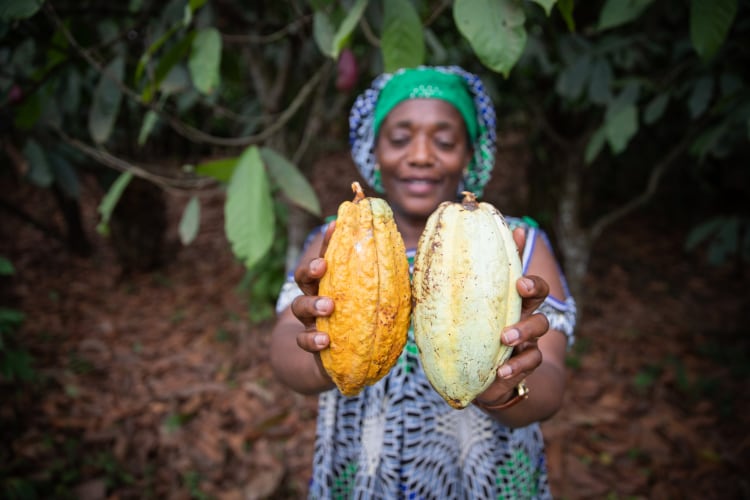
A combination actors and actions needed
“Mars believes a living income for cocoa farmers is necessary to achieve a sustainable cocoa supply chain, as poverty is often the root cause of issues like child labour and deforestation in the cocoa sector,” Johnson said.
However, the world's largest chocolate company with a 14.4% share of the global chocolate market and annual sales of US$18bn insists that it cannot achieve improved cocoa livelihoods in isolation.
Mars therefore intends to share its findings — including what works, and what doesn't — to help the wider industry collectively leapfrog challenges, drive systemic change, and define a sustainable path toward a living income that is needed to transition to a sustainable cocoa supply chain.
“We believe programs like ACTIVE and LEAP have the potential to address these issues, however they have the greatest chance for success when paired with sensible revisions to legislation, such as the European Commission’s Deforestation Reputation Proposal and protection-oriented programs, like our Protecting Children Action Plan, Child Labor Monitoring and Remediation Systems.
“Through our history of on-the-ground efforts in cocoa producing regions and in collaboration with our network of partners, we know all these levers must work together to see long-term, sustained impact.”

